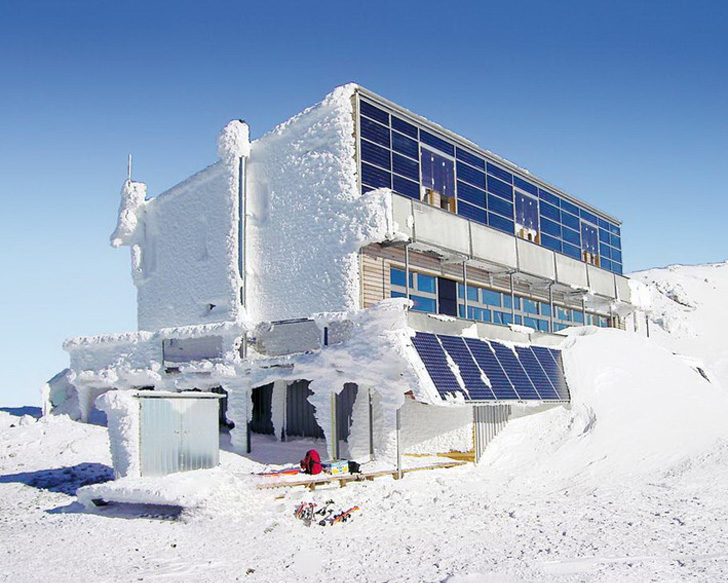
When building in the dregs of winter, extreme cold creates new challenges to consider. We’re delving into the complexities of designing buildings that not only withstand the chill but thrive in it.
Selecting the right materials is paramount in cold-climate construction. Materials that can endure freezing temperatures without compromising structural integrity are crucial. From insulated concrete forms that offer exceptional thermal insulation to fiberglass and composite materials that resist cold-induced brittleness, the choice of materials sets the foundation for a cold-resistant structure.
Insulating for Cold: Warm from Within
Effective insulation is the cornerstone of a warm, energy-efficient building in cold climates. Techniques such as continuous insulation and the strategic placement of thermal barriers minimize heat loss. Incorporating high-performance windows and doors further enhances a building’s ability to retain heat, significantly reducing the demand for energy-intensive heating.
Extreme cold can wreak havoc on a building’s structure if not properly studied. Thermal expansion and contraction require flexible design solutions to prevent material warping and cracking. Sloped roofing, for instance, is designed not just for aesthetic appeal, but to prevent snow accumulation that can cause structural stress.
The design of windows and doors in cold climates transcends their functional role, becoming critical in maintaining thermal comfort. For example, glazed windows with warm-edge spacers provide excellent thermal performance and help keep the window from warping in extreme temperatures. Perhaps obviously, doors must be properly insulated and equipped with high-quality seals to prevent drafts.
Systems Designed to Overcome Low Temperatures
Plumbing and HVAC systems require careful consideration to prevent freezing and ensure efficiency. Radiant floor heating, for example, offers uniform heating that is both comfortable and efficient. When water freezes it expands, and if the water in your plumbing system freezes, it can cause a pipe to burst and cause water damage, or flooding. Protecting plumbing lines from freezing temperatures is essential to prevent costly damages and ensure continuous service.
Sustainable Solutions
Sustainable building in cold climates is not just possible; it’s imperative. Leveraging renewable energy sources such as geothermal heat pumps can significantly reduce a building’s carbon footprint. Additionally, designing for solar gain–maximizing natural light and heat from the sun–contributes to a building’s passive heating.
The future of cold climate architecture is full of new and exciting innovations. From self-heating concrete to advanced thermal energy storage solutions, emerging technologies promise to further enhance the resilience and efficiency of buildings in cold environments.
We love pushing the boundaries of what’s possible in architecture at COR3. By integrating advanced materials, sustainable practices, and innovative design principles we’re designing for a cozy, comfortable future, regardless of the temperature outside.


